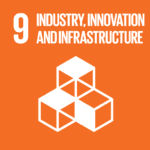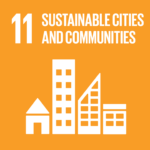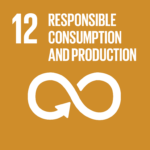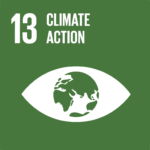Unlike its regional peers, Vietnam’s recycling ecosystem is both decentralised and historically ingrained. Fifteen specialised recycling villages, home to thousands of households, handle around 500,000 tonnes of plastic waste annually.
HO CHI MINH CITY, Vietnam — Vietnam is poised to reshape Southeast Asia’s plastic recycling landscape, harnessing a unique combination of traditional and modern practices to establish itself as a regional circular economy hub.
A first-of-its-kind mapping of the country’s plastic recycling value chain has identified more than 1,150 registered entities, with over 300 performing active recycling operations. Yet, the real game-changer lies in the nation’s traditional recycling villages, which have quietly processed nearly 23 million tonnes of plastic since the 1980s.
RELEVANT SUSTAINABLE GOALS




A Dual Model with Deep Roots
Unlike its regional peers, Vietnam’s recycling ecosystem is both decentralised and historically ingrained. Fifteen specialised recycling villages, home to thousands of households, handle around 500,000 tonnes of plastic waste annually. This grassroots infrastructure operates alongside more modern facilities, effectively doubling Vietnam’s processing capacity.
The coexistence of industrial recyclers and traditional communities has given rise to a system that is both efficient and adaptable. This synergy positions Vietnam to not only recover plastic waste but to add significant economic value throughout the supply chain.
Unlocking Billions in Economic Potential
According to World Bank estimates, Vietnam could unlock up to US$2.9 billion in plastic material value through better coordination and investment. Today, recycled plastic’s value multiplies four to five times from collection to pelletising. Despite this, 60% of recycled plastic is exported, while 80% of raw plastic materials are imported.
This paradox presents a powerful opportunity: by investing in domestic manufacturing and closing internal supply loops, Vietnam could evolve from a raw material supplier to a finished goods producer, multiplying retained economic value.
CEL research outlines three key investment opportunities:
- Collection Network Enhancement: Aggregation hubs would improve operational efficiency and reduce costs.
- Digital Traceability: Mobile technologies could create transparency and better connect collection to processing.
- Domestic Manufacturing: Investing in production of finished goods using recycled materials could capture three to four times the value of exporting pellets.
These targeted efforts would not only improve economic outcomes but also enhance the resilience and sustainability of Vietnam’s recycling ecosystem.
Multi-Stakeholder Momentum
The transformation toward a circular economy is gaining traction across sectors:
- Government: Supporting policies are being enacted to bridge traditional and modern recycling sectors.
- Private Sector: Companies are investing in design-for-recyclability and domestic recycled material sourcing.
- Financial Institutions: Developing financing instruments aligned with circular economy goals.
Traditional recycling villages, often overlooked, remain a strategic advantage. Their decades-old expertise offers a powerful complement to industrial facilities and should be integrated into Vietnam’s national strategy.
With only 15-20% of plastic waste currently recovered, the potential for optimisation is enormous. Vietnam’s unique mix of traditional know-how and emerging industrial capacity presents a scalable model for the region.
If supply chains are strengthened, digital solutions embraced, and collaboration deepened, Vietnam could not only recover more plastic but lead Asia’s shift to circular economy models. The opportunity is here. The challenge now lies in execution.
Lead image courtesy of Holgs via Getty Images Signature (Traffic in Hanoi, Vietnam)




